
Table of Contents
In the dynamic world of digital marketing, standing out from the crowd is not just an advantage, it’s a necessity. With over 1.8 billion websites vying for attention, how does your business ensure it’s not just another needle in the haystack? The answer lies in a strategic approach to Search Engine Optimization (SEO), one that goes beyond keyword stuffing and link building. It’s about understanding your competition, their strategies, and their weaknesses
- a process known as competitor analysis. But why is this so crucial? Let’s start with a compelling question: Did you know that the top result on Google gets around 31.7% of all clicks, while the second position gets only 24.7%? This means that moving up just one spot can significantly increase your website’s traffic. Now, imagine if you could consistently outrank your competitors, what would that do for your business?
This article, ‘Competitor Analysis for SEO: Uncovering Strategies to Outrank Your Rivals’, promises to equip you with the tools and knowledge to do just that. We’ll delve into the art and science of competitor analysis, exploring how it can transform your SEO strategy and help you secure that coveted top spot. By the end of this piece, you’ll understand how to identify your key competitors, analyze their market positioning, and leverage their strengths and weaknesses to your advantage. So, are you ready to turn the tables on your competition and watch your website climb the search engine rankings? Let’s dive in!
Unveiling Hidden Gems in Your Competitors’ SEO Strategies to Boost Your Market Positioning
In the dynamic world of digital marketing, understanding your competitors’ SEO strategies can be a game-changer, much like unearthing hidden gems in a treasure hunt. Imagine you’re a detective, and your competitors’ websites are the crime scenes. Each backlink, keyword, and meta description is a clue waiting to be deciphered. By meticulously analyzing these aspects, you can unveil their strategies, identify their strengths, and more importantly, their weaknesses. This intelligence gathering isn’t about copying, but learning and adapting. It’s about finding those ‘hidden gems’
- the tactics that work for them but could work even better for you. Perhaps they’ve found a goldmine in long-tail keywords, or maybe they’ve mastered the art of local SEO. Whatever it is, once you’ve identified it, you can refine it, integrate it into your own strategy, and watch your market positioning soar. After all, knowledge is power, and in the SEO realm, the more you know about your competitors, the more powerful your strategy becomes. So, grab your magnifying glass, put on your thinking cap, and let’s start unraveling those mysteries together.

The Art of Competitor Analysis: Why and How
In the dynamic world of Search Engine Optimization (SEO), understanding your competitors is not just an advantage, it’s a necessity. Competitor analysis, often overlooked, is a powerful tool that can significantly enhance your SEO strategy. It’s like having a secret map to your industry’s landscape, revealing the paths your competitors have taken, the obstacles they’ve faced, and the victories they’ve celebrated.
The importance of competitor analysis in SEO is multifold. Firstly, it helps you understand your market better. By knowing who your competitors are, what they’re doing, and how they’re doing it, you can identify gaps in the market that your business can fill. Secondly, it provides valuable insights into what’s working and what’s not in your industry. This can save you time and resources by allowing you to build on proven strategies rather than reinventing the wheel. Lastly, it helps you stay ahead of the curve. By keeping an eye on your competitors, you can anticipate trends and adapt your strategy accordingly.
Now, let’s dive into how to conduct a thorough competitor analysis. The process can be broken down into five simple steps:
- Identify your main competitors. These are the businesses that rank for your target keywords and appear in the search results when you search for your target keywords.
- Analyze their websites. Look at their design, structure, and content. How are they different from yours? What are they doing well?
- Examine their SEO strategy. What keywords are they targeting? How are they using these keywords? What’s their link profile like?
- Study their content strategy. What type of content are they producing? How often are they publishing? What’s their content marketing strategy?
- Monitor their social media presence. How are they engaging with their audience? What platforms are they using? How often are they posting?
To make this process efficient and accurate, there are several tools and resources available. For keyword research, tools like SEMrush, Ahrefs, and Google Keyword Planner can be invaluable. For website analysis, tools like SimilarWeb, BuiltWith, and GTmetrix can provide insights into your competitors’ website performance. For social media analysis, tools like Hootsuite, Sprout Social, and BuzzSumo can help you understand your competitors’ social media strategy.
Remember, the goal of competitor analysis is not to copy your competitors, but to learn from them. It’s about understanding the market, identifying opportunities, and using that knowledge to improve your own strategy. So, go ahead, start your analysis, and let the games begin!
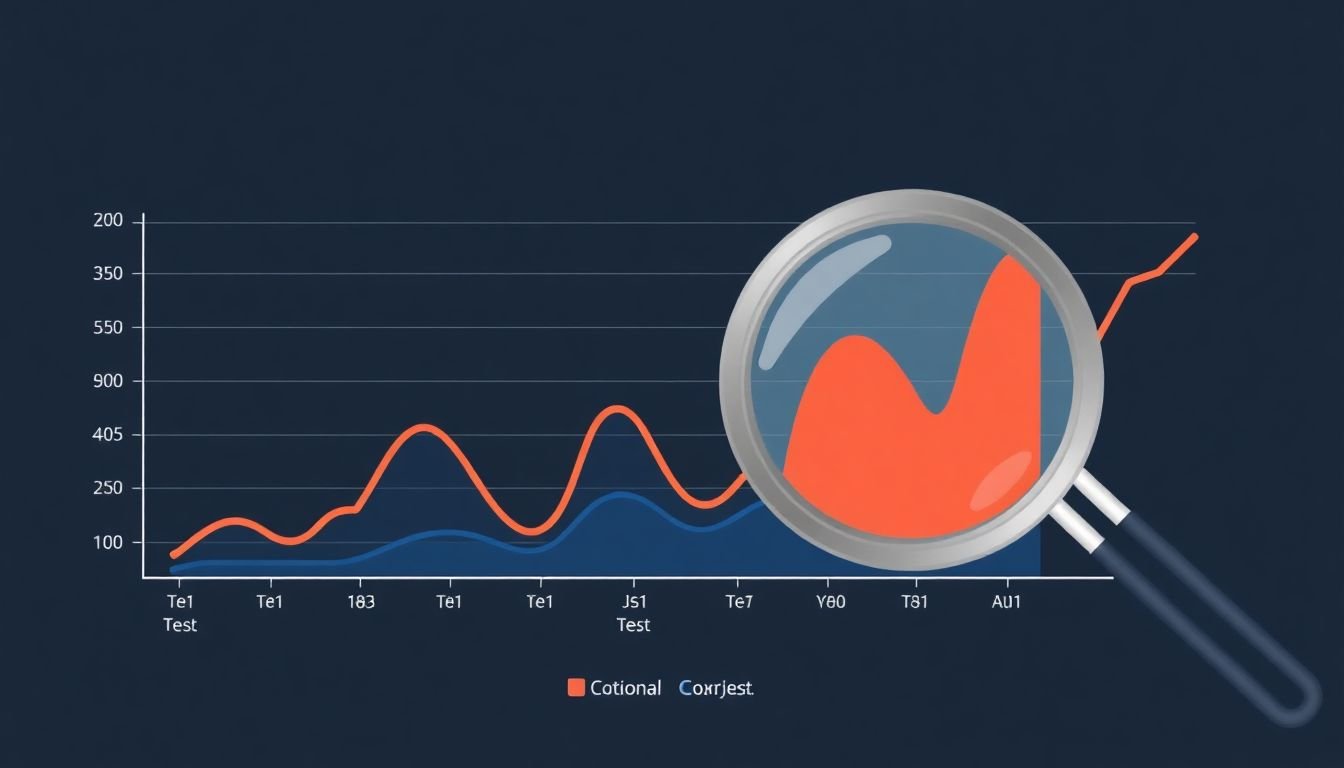
Understanding Your Competitors’ SEO Landscape
In the dynamic world of digital marketing, understanding your competitors’ SEO landscape is not just an advantage, but a necessity. It’s like navigating a dense forest with a map of your rivals’ trails, helping you avoid pitfalls and discover hidden paths to success. Let’s embark on this strategic journey together.
First, we need to shed light on your competitors’ organic traffic. Tools like SEMrush, Ahrefs, or Google Search Console can provide valuable insights. By analyzing their top-performing pages and keywords, you can gauge their SEO effectiveness. For instance, if a competitor ranks high for a specific keyword, it might be worth exploring for your own strategy.
Next, let’s delve into their keyword strategies. Keywords are the language of search engines, and understanding your competitors’ keyword portfolio can reveal their target audience and content focus. A simple way to do this is by using the ‘Keyword Gap’ tool in SEMrush. It compares your keyword portfolio with your competitors’, highlighting unique keywords that you might have missed.
Backlink profiles are the digital equivalent of endorsements. They signal to search engines that your content is valuable and trustworthy. Analyzing your competitors’ backlink profiles can help you identify high-quality link sources. Tools like Ahrefs’ ‘Link Intersect’ feature can show you domains that link to multiple competitors but not to you, presenting potential link-building opportunities.
Lastly, let’s not overlook their content marketing efforts. Regularly publishing high-quality content can significantly boost your SEO. By analyzing your competitors’ content, you can identify gaps in their strategy. For example, if they’re lacking in video content, it might be an opportunity for you to fill that void and attract a wider audience.
In conclusion, understanding your competitors’ SEO landscape is not about copying their strategies, but about learning from them. It’s about identifying gaps and opportunities, and using that knowledge to refine your own SEO strategy. So, grab your metaphorical map, and let’s start exploring!
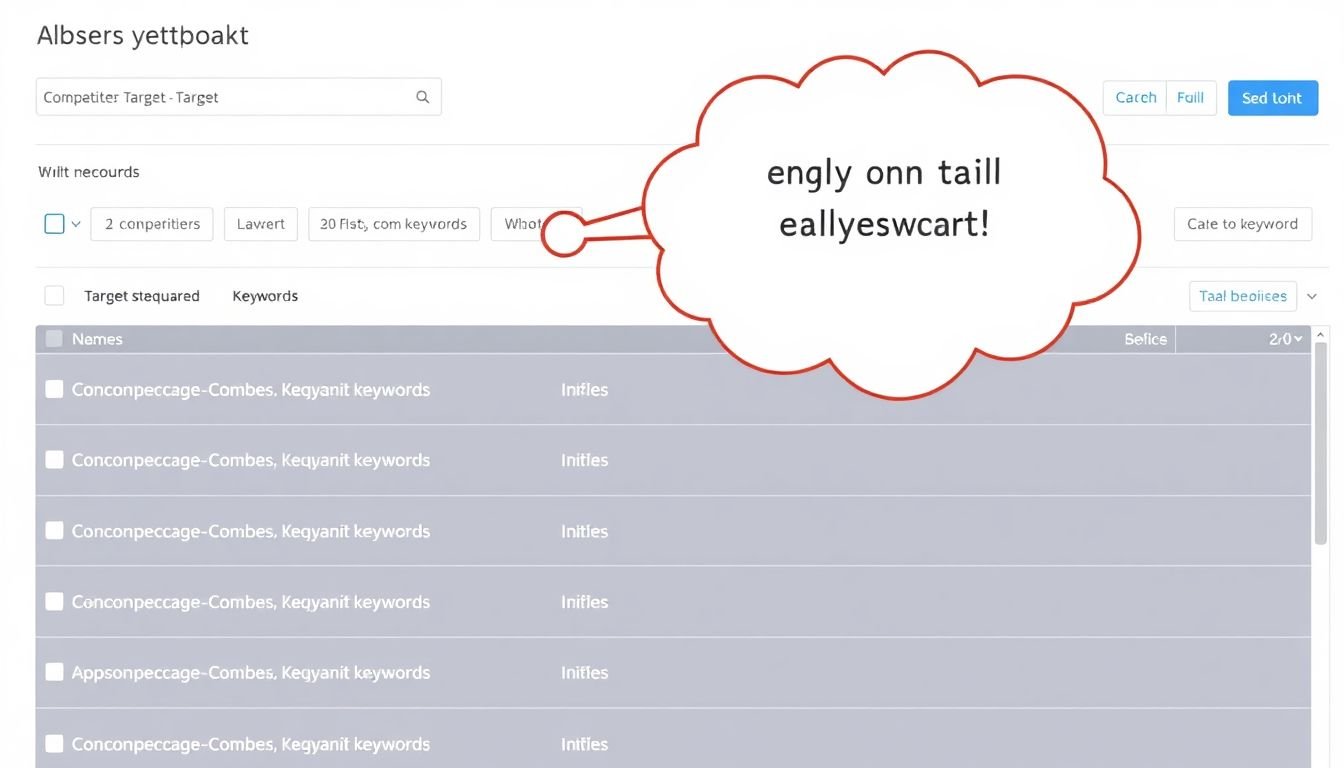
Reverse Engineering Your Competitors’ Keyword Strategies
In the dynamic world of digital marketing, understanding your competitors’ keyword strategies can provide invaluable insights to refine your own SEO approach. Let’s embark on a journey to reverse engineer your competitors’ keyword strategies, step by step.
First, identify your main competitors. These are the businesses that rank high for the keywords you’re targeting or offer similar products/services. Tools like SEMrush, Ahrefs, or even Google’s Keyword Planner can help you list down these competitors.
Next, let’s dig into their target keywords. These tools can also provide a comprehensive list of keywords your competitors are ranking for, both high and low volume. High-volume keywords are broad, generic terms with high search traffic, while low-volume keywords are more specific, long-tail keywords with lower traffic but often higher conversion rates.
Understanding keyword mapping is crucial here. This involves analyzing how your competitors have structured their websites around these keywords. For instance, they might have a dedicated page for each high-volume keyword, with supporting low-volume keywords sprinkled throughout the content.
Long-tail keywords deserve special attention. These are longer, more specific phrases that visitors are more likely to use when they’re closer to making a purchase. They might have lower search volume, but they can drive highly targeted traffic to your site. To capitalize on them, consider the following:
- Identify long-tail keywords your competitors are ranking for but you’re not.
- Create high-quality content targeting these keywords.
- Optimize your website structure to support these keywords.
Remember, the goal is not to copy your competitors but to learn from them, understand their strategies, and find gaps that you can fill with your unique approach.
Lastly, keep in mind that keyword research is an ongoing process. Your competitors’ strategies may change, and new opportunities may arise. Regularly reviewing and updating your keyword strategy will help you stay ahead of the curve.
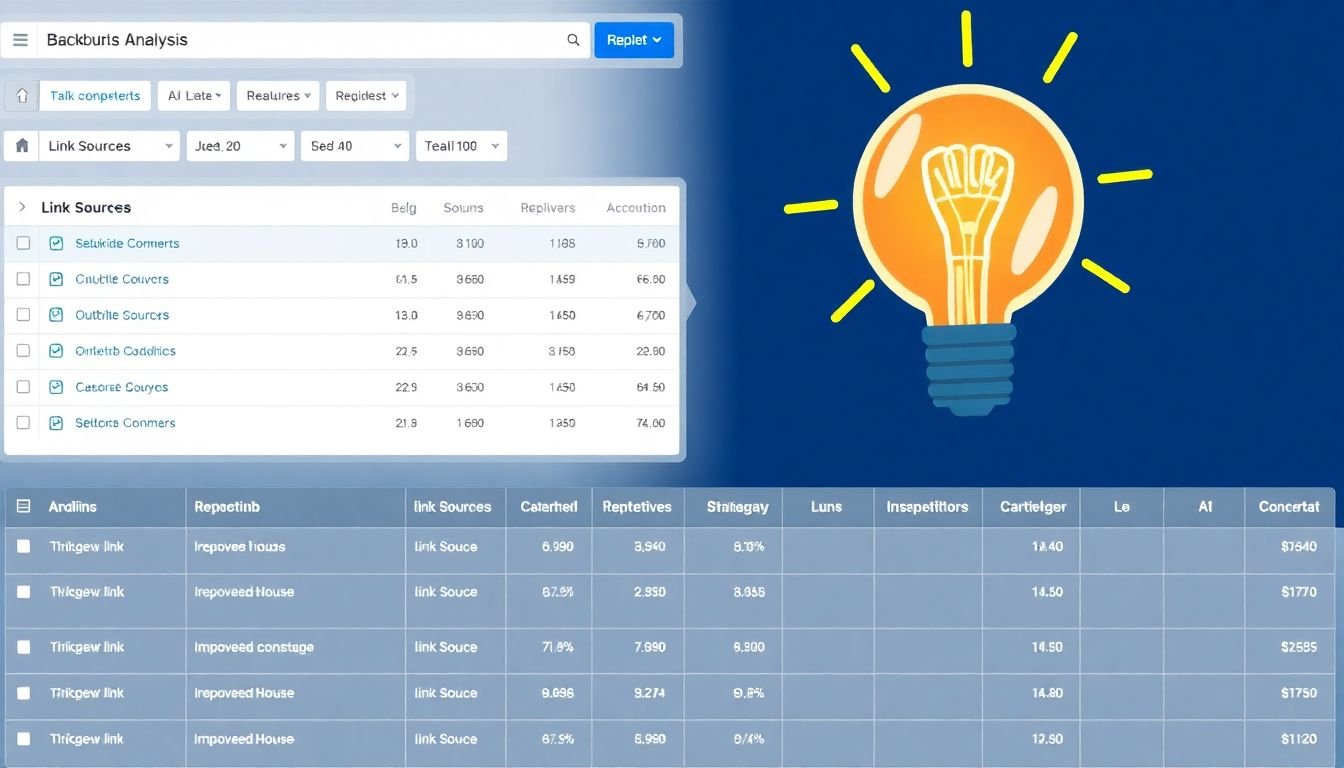
Unveiling Competitors’ Backlink Strategies
In the dynamic world of SEO, understanding your competitors’ backlink strategies can provide invaluable insights to boost your own site’s authority and rankings. Let’s delve into the process of analyzing competitors’ backlink profiles, identifying high-quality link sources, and understanding their anchor text distribution.
Firstly, you’ll need to identify your main competitors. Tools like SEMrush, Ahrefs, or Moz’s Link Explorer can help you find their top backlinks. Once you have a list, it’s time to analyze their profiles.
Start by examining the quantity and quality of their backlinks. High-quality links come from authoritative, relevant, and trustworthy websites. You can use metrics like Domain Authority (DA), Page Authority (PA), and spam scores to gauge link quality. Prioritize links from sites with high DA and PA, and low spam scores.
Next, identify the types of content your competitors are creating to attract links. Are they publishing in-depth guides, infographics, or industry news? Understanding their content strategy can help you create equally compelling content.
Now, let’s discuss anchor text distribution. Anchor text is the clickable text in a hyperlink. Analyzing your competitors’ anchor text can reveal their target keywords and help you identify gaps in your own strategy. Tools like Ahrefs can provide a breakdown of anchor text types, such as branded, exact match, partial match, and naked URLs.
To replicate and improve upon your competitors’ link-building strategies, follow these steps:
- Identify high-quality link sources and reach out to them, pitching your unique value proposition.
- Create or improve upon the content that’s attracting links to your competitors.
- Use a diverse range of anchor text to avoid over-optimization and maintain a natural link profile.
- Regularly monitor and update your link-building strategy based on changes in your competitors’ profiles and algorithm updates.
Remember, the goal is not to copy your competitors, but to learn from them, innovate, and outperform them. Good luck with your link-building endeavors!
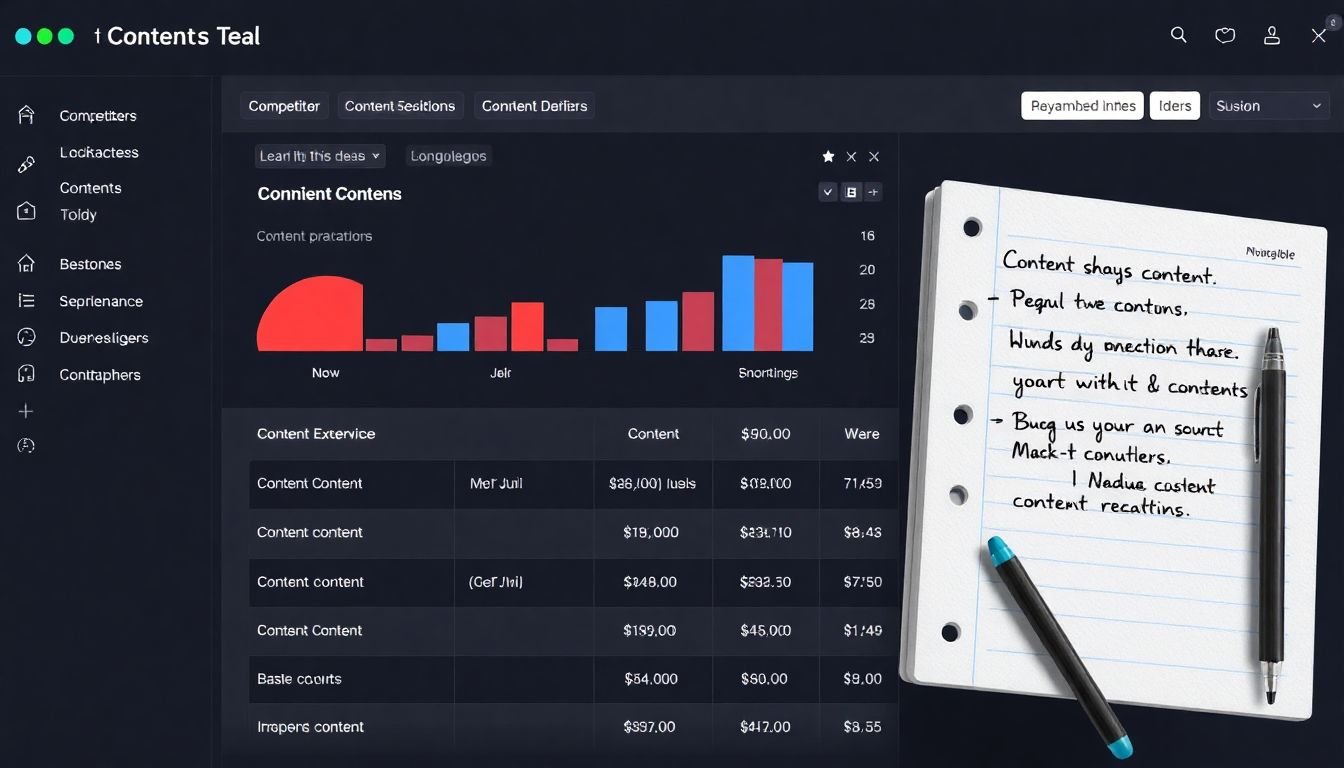
Content Analysis: Learning from Competitors’ Successes and Failures
In the dynamic world of digital marketing, understanding your competitors’ content performance is not just an advantage, but a necessity. By analyzing their successes and failures, we can learn, adapt, and improve our own content strategies. Let’s dive into a step-by-step process to analyze competitors’ content and enhance our own engagement.
The first step is to identify your key competitors. These are the businesses that operate in your niche and have a significant online presence. Once you’ve identified them, it’s time to analyze their content performance.
To do this, you can use tools like BuzzSumo, Ahrefs, or SEMrush. These platforms provide insights into the most shared, linked, and searched content for any given keyword or domain. They also offer content marketing funnel analysis, helping you understand how competitors attract, engage, and convert their audience.
When analyzing competitors’ content, look for high-performing pieces. These are the articles, videos, infographics, or social media posts that have generated the most engagement. Ask yourself: What makes this content successful? Is it the topic, the format, the tone, or the timing?
Next, let’s understand their content marketing funnels. A well-constructed funnel guides users from awareness to consideration to conversion. Analyze how competitors attract users with top-of-the-funnel content, engage them with middle-of-the-funnel content, and convert them with bottom-of-the-funnel content.
Now, let’s discuss how to create better content and improve engagement. First, identify gaps in your competitors’ content. Are there topics they haven’t covered, or angles they haven’t explored? These could be opportunities for you to create unique, valuable content.
Second, consider your audience. Who are they? What do they want? What problems are they trying to solve? Create content that speaks directly to your audience’s needs and interests.
Finally, don’t forget to engage with your audience. Respond to comments, share user-generated content, and encourage discussion. The more you engage with your audience, the more likely they are to engage with your content.
In conclusion, analyzing competitors’ content performance is a powerful way to learn, adapt, and improve. By understanding what works and what doesn’t, we can create better content, improve engagement, and ultimately, drive more traffic and conversions.
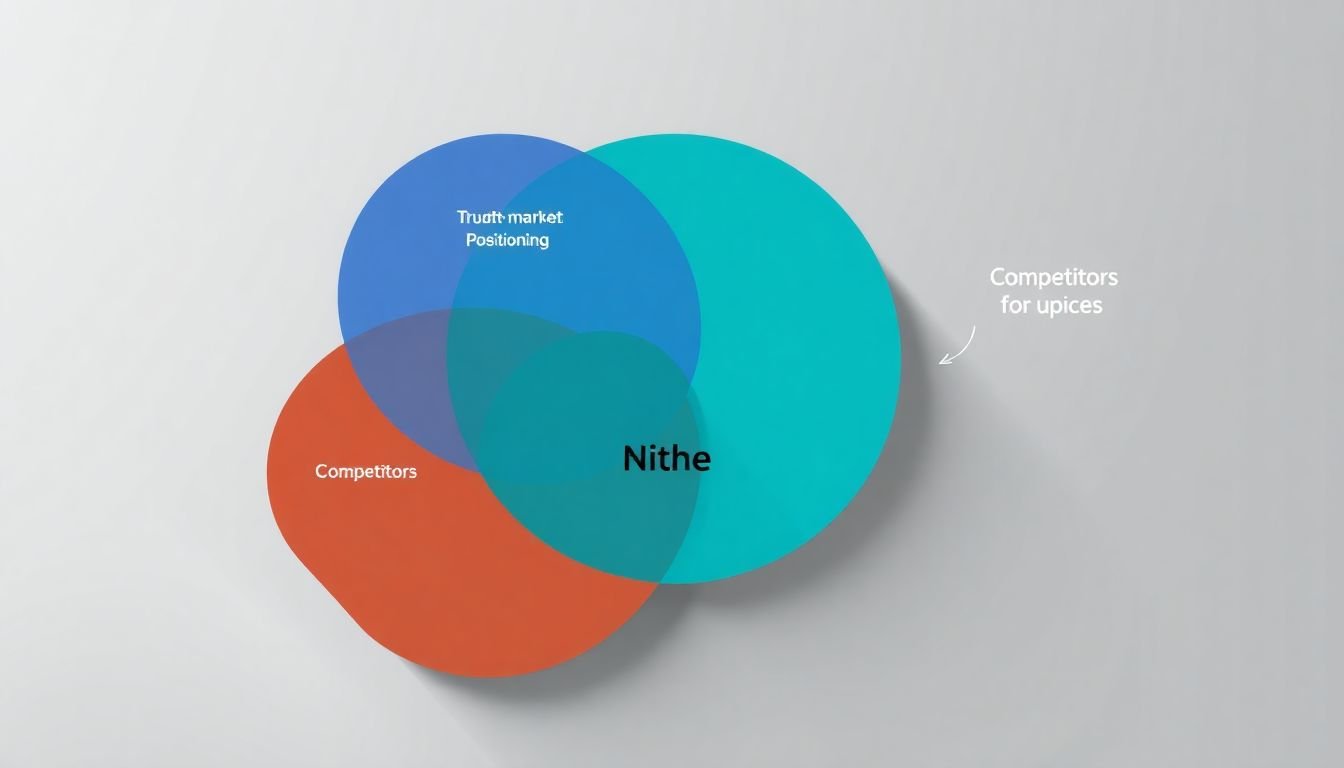
Market Positioning: Finding Your Niche in the Competitive Landscape
In the dynamic and competitive business landscape, finding your niche is akin to discovering a hidden treasure. It’s the sweet spot where your unique offerings meet the unfulfilled needs of your target audience. To unearth this treasure, let’s embark on a journey of competitor analysis, market gap identification, and brand differentiation.
First, roll up your sleeves and dive into the competitive landscape. Identify your key competitors, study their products, services, pricing strategies, and marketing tactics. This in-depth analysis will reveal two crucial insights: what’s working for them and, more importantly, what gaps they’re leaving unaddressed. These gaps, my friend, are your opportunities.
Once you’ve mapped out the competitive terrain, it’s time to define your unique value proposition. This is your brand’s promise, the reason why customers should choose you over your competitors. It’s not just about what you do, but how you do it differently and better. To craft a compelling value proposition, ask yourself: What specific needs do I meet? How do I meet them better than anyone else? What unique benefits do I offer?
Now, let’s talk differentiation. In a crowded market, standing out is not a luxury, it’s a necessity. This is where your brand’s personality, voice, and visual identity come into play. It’s about creating an emotional connection with your audience, making them feel seen, understood, and valued. It’s about telling your brand’s story in a way that resonates with your target audience.
Here are some steps to help you differentiate your brand:
- Identify your brand’s core values and let them guide your decisions.
- Develop a unique brand voice that reflects your personality and resonates with your audience.
- Create a distinctive visual identity that sets you apart from your competitors.
- Craft a compelling brand story that connects with your audience on an emotional level.
Remember, differentiation is not about being everything to everyone. It’s about being the best choice for your target audience. So, go ahead, find your niche, define your unique value proposition, and let your brand shine brightly in the competitive landscape.
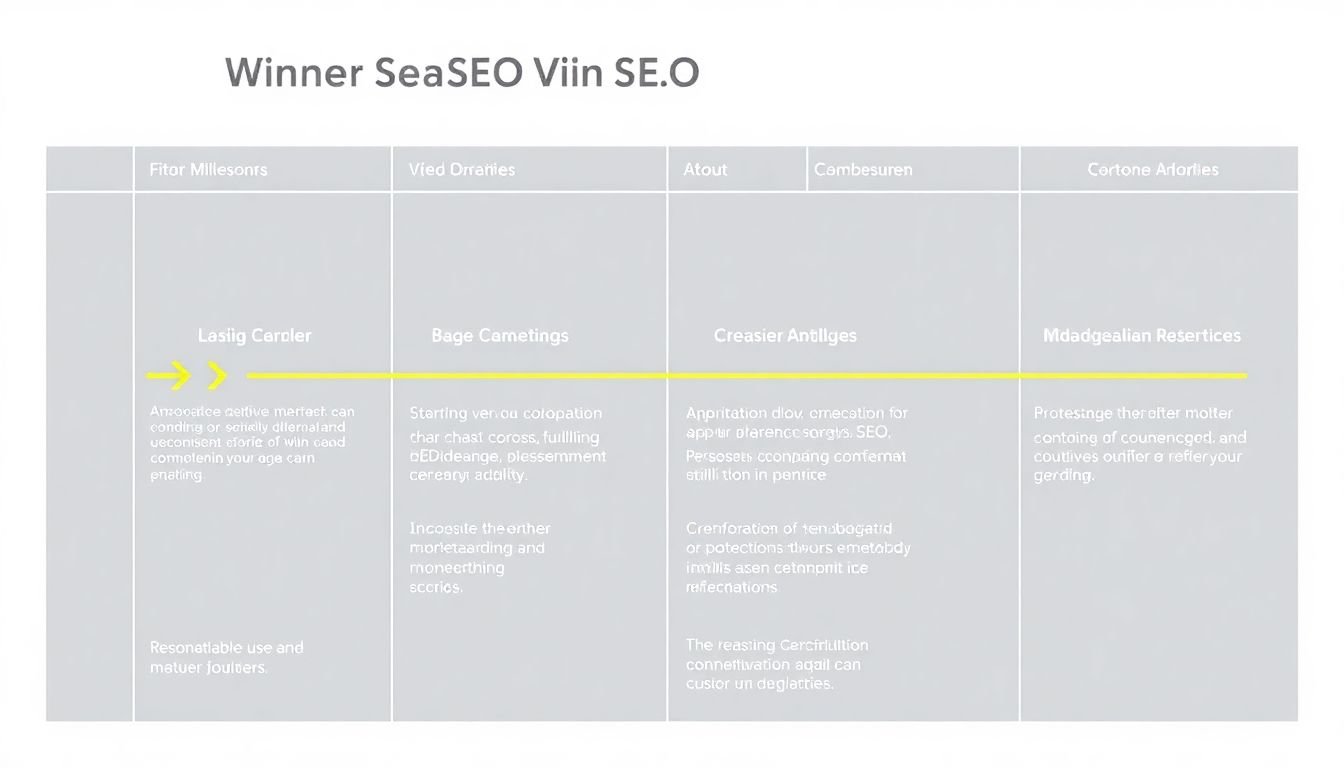
Crafting a Winning SEO Strategy: Integrating Competitor Analysis Findings
Integrating competitor analysis findings into your SEO strategy is akin to having a secret weapon, allowing you to outmaneuver your rivals and claim the top spots on search engine results pages. The process begins with setting realistic goals. Identify your primary competitors, analyze their strengths and weaknesses, and determine where your website can fill the gaps. For instance, if a competitor ranks high for a specific keyword but has low engagement, you could aim to create more engaging content around that keyword to outrank them.
Once your goals are set, create an action plan for improvement. Here’s a simple yet effective way to structure it:
- Identify Gaps: List the keywords and content types where your competitors are strong and you’re weak. These are your opportunities.
- Develop a Content Strategy: Create a plan to produce content that fills these gaps. This could involve creating new blog posts, optimizing existing content, or even producing video content if your competitors are lacking in that area.
- Optimize for Technical SEO: If your competitors have a faster loading speed or more mobile-friendly design, make sure your website matches or exceeds these standards.
- Build High-Quality Backlinks: If your competitors have a strong backlink profile, identify the sources of these links and try to secure links from the same or similar websites.
Remember, SEO is an ongoing process. Continuous monitoring and adjustment are crucial. Regularly review your competitors’ rankings, assess your own performance, and make data-driven decisions to refine your strategy. This could mean adjusting your keyword focus, changing your content strategy, or even pivoting your entire SEO approach if necessary. After all, the goal is not just to keep up with your competitors, but to stay ahead of them.

Ethical Considerations and Legal Boundaries in Competitor Analysis
When delving into competitor analysis, it’s crucial to navigate the landscape with a keen eye on ethical and legal considerations. After all, the goal is to gain insights to improve your business, not to undermine others. Let’s explore this complex terrain together.
Ethical Considerations: Firstly, respect privacy. Information that’s not publicly available should remain so. Don’t hack into systems or bribe employees for data. Secondly, be transparent. If you’re gathering information through surveys or interviews, make it clear who you are and what you’re doing. Lastly, use the information responsibly. Don’t misrepresent data or use it to harm competitors.
Legal Boundaries: Now, let’s talk law. Anti-trust laws are your first stop. These prevent businesses from acting in ways that could stifle competition. So, avoid sharing sensitive information with competitors, as this could be seen as collusion. Secondly, respect intellectual property. Don’t copy designs, logos, or content. Lastly, be mindful of data protection laws. If you’re gathering customer data, ensure you’re doing so legally and ethically.
Best Practices: To stay on the right side of ethics and law, follow these best practices:
- Use publicly available information. This is fair game and can be found in annual reports, press releases, and industry publications.
- Conduct market research. This can provide valuable insights into customer needs and market trends.
- Engage with competitors professionally. Attend industry events, read their content, and learn from their successes and failures.
- Regularly review and update your practices. Laws and ethical standards can change, so it’s important to stay current.
In conclusion, competitor analysis is a powerful tool, but it must be wielded responsibly. By understanding and adhering to ethical and legal considerations, you can gain valuable insights while maintaining your integrity and staying within the boundaries of fair competition.
FAQ
What is Competitor Analysis in the context of SEO?
Why is Competitor Analysis crucial for my SEO strategy?
How do I identify my main SEO competitors?
What key metrics should I focus on when analyzing my competitors’ SEO performance?
- Domain Authority (DA) and Page Authority (PA) – These metrics, developed by Moz, indicate the strength of a website’s backlink profile and its ability to rank.
- Organic Traffic – Estimate your competitors’ organic traffic using tools like SimilarWeb or Ahrefs to understand their overall SEO performance.
- Keyword Rankings – Analyze your competitors’ top-ranking keywords to understand their content strategy and identify opportunities for your own website.
- Backlink Profile – Evaluate the quantity and quality of your competitors’ backlinks to understand their link-building strategy.
- On-Page SEO – Assess your competitors’ on-page SEO elements, such as title tags, meta descriptions, header tags, and URL structure, to identify best practices and areas for improvement.